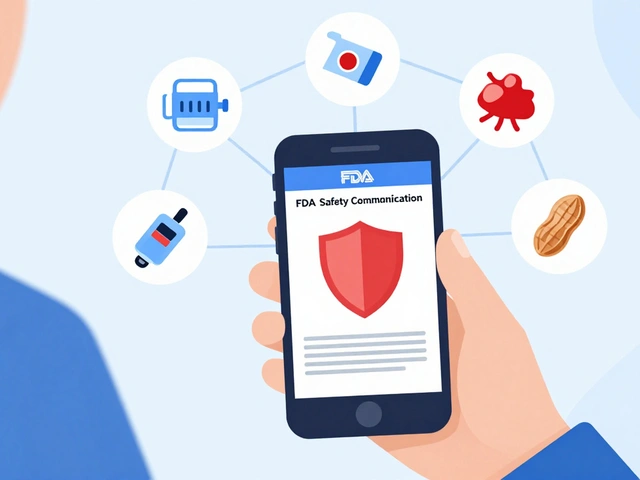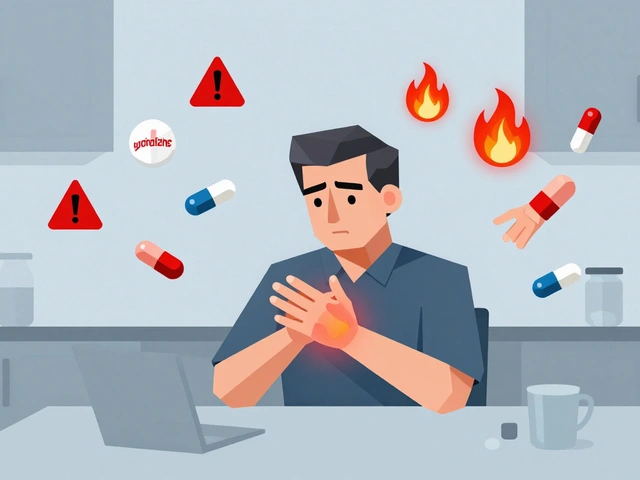COPD management: Practical steps to breathe easier
Living with COPD feels different for everyone, but the goal is the same: breathe better and avoid flare-ups. This page gives simple, useful steps you can use today — from which meds help most to daily habits that cut down breathlessness.
Quick meds checklist
Start with your inhaler plan. Bronchodilators (short-acting for quick relief, long-acting for daily control) are the backbone of COPD care. Many people also need inhaled corticosteroids or combination inhalers — triple-therapy inhalers are common for more severe cases. If you want a deeper comparison, see our review of Breztri Aerosphere vs competitors for real-world pros and cons.
Watch how you use the device. Wrong technique wastes medication. Use a spacer with a metered-dose inhaler, shake the canister, breathe out fully, press and inhale slowly, then hold your breath for 5–10 seconds. If you cough or taste medicine, your technique likely needs fixing — ask your nurse or pharmacist to show you.
Know when you might need short courses of oral steroids or antibiotics during an exacerbation, but don’t self-prescribe. If your breathlessness, coughing, or sputum color suddenly worsens, call your doctor early. Quick treatment can keep you out of the hospital.
Daily habits that help
Quit smoking and avoid secondhand smoke — it matters more than almost anything else you do. If quitting seems impossible, talk to your provider about nicotine replacement, bupropion, or varenicline. Pulmonary rehab is another high-value tool: supervised exercise, breathing techniques, and education often reduce symptoms and help you stay active.
Get your shots: annual flu vaccine, pneumococcal vaccines, and COVID shots as recommended. Vaccines lower the chance of infections that trigger big COPD setbacks. Also check indoor air: reduce dust, avoid strong fumes, and use air filters on high-pollution days.
Track your breathing. Small daily notes — walking distance, coughing, how many puffs you use — reveal trends before they become emergencies. Create an action plan with your clinician that says exactly what to do if things worsen (increase inhaler use, start a rescue med, call clinic, etc.).
Use oxygen if prescribed. Long-term supplemental oxygen helps when resting oxygen levels stay low. Talk to your team about home oxygen assessments rather than guessing.
Finally, stay connected. COPD care works best when you and your healthcare team are on the same page. Use this tag page to find helpful articles on inhaler choices, medications, and daily living tips. If something changes quickly, reach out — faster action often means a faster recovery.
Wondering what other inhalers can replace Anoro Ellipta for COPD? This article explores emerging dual-therapy inhalers and how they stack up for managing COPD. We break down what’s new on pharmacy shelves, spotlight the latest drug combinations, and share practical tips on choosing the right alternative. Get clear, useful details, including a direct resource for comparing Anoro Ellipta alternatives. Perfect for patients and caregivers looking for real, up-to-date help.
Continue reading...






